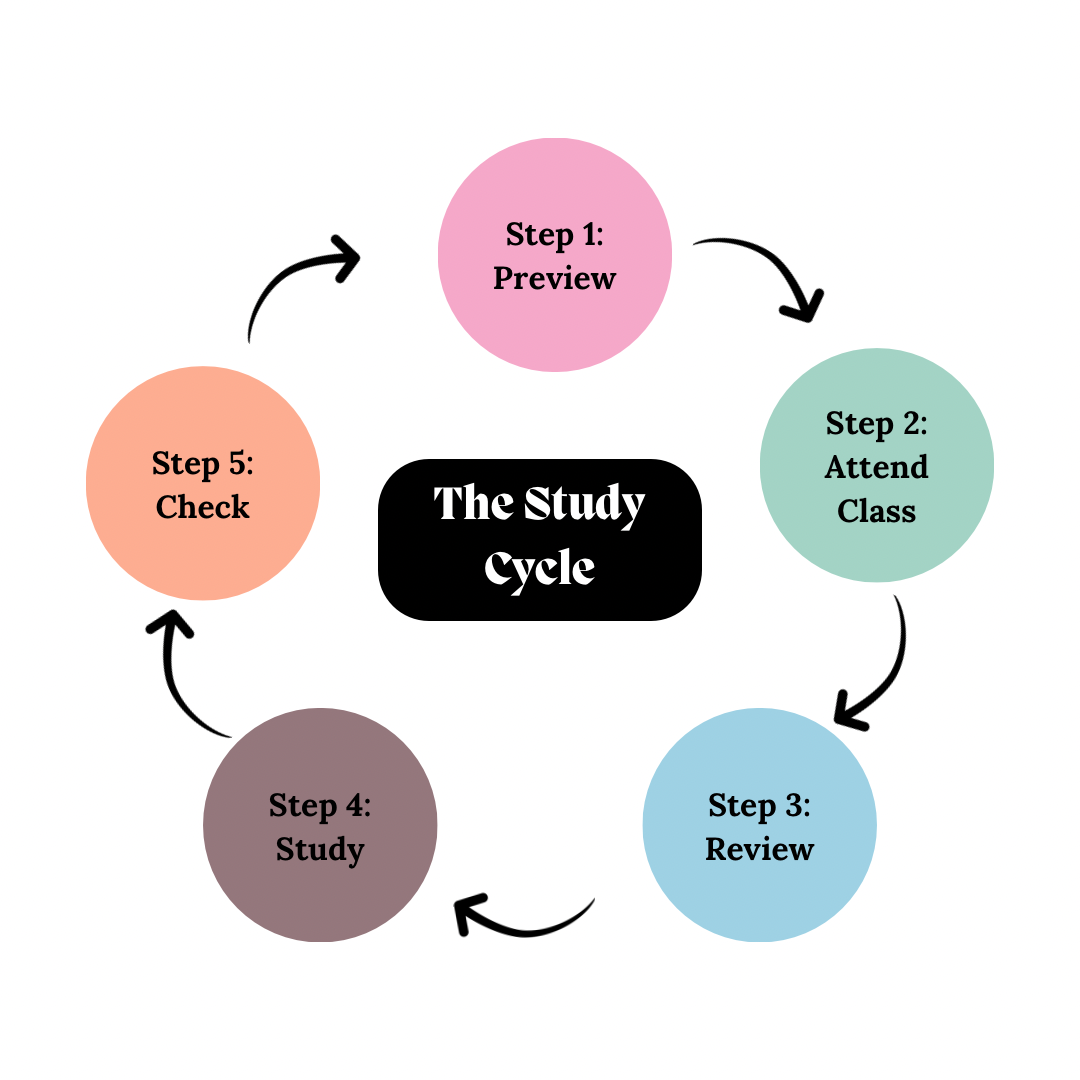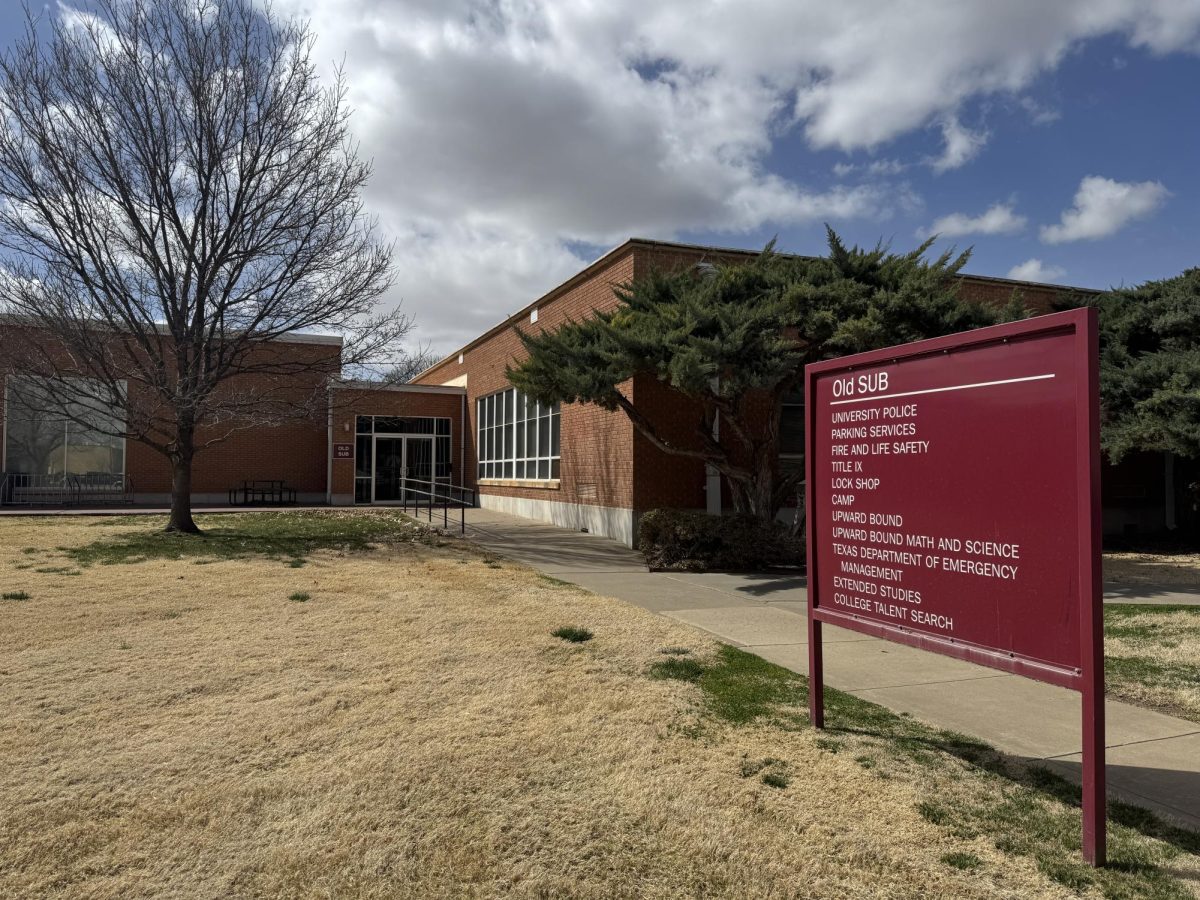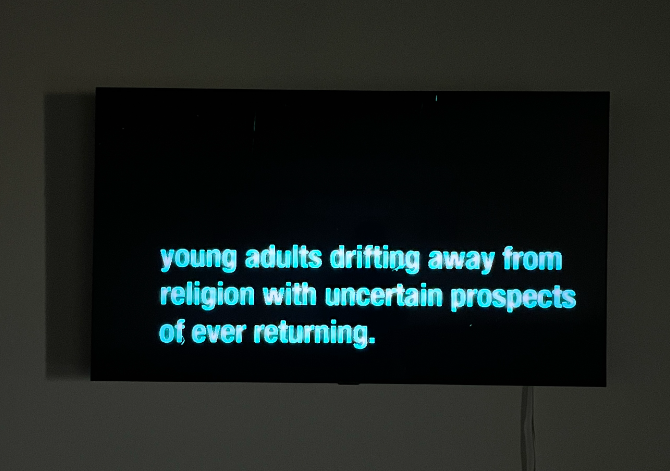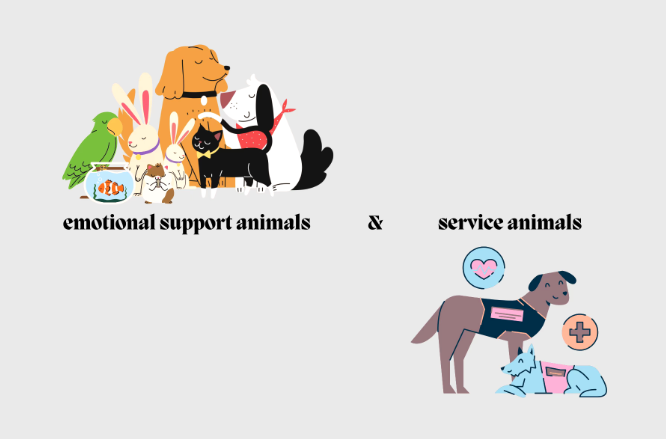
In his State of the Union Address, President Obama shared his goals of state policymakers, colleges and universities to take action against rising college tuition and costs.
Congress has been called to use measures of the existing accreditation system; or by establishing an alternative system based on performance and results of higher education institutions. These standards will assist in determining an institution’s value, affordability, and student outcomes, when distributing financial aid.
However, increasing the financial aid budget is not enough, according to WhiteHouse.gov. The president has proposed incentives for states to maintain their commitments to higher education through a new $1 billion investment.
WTAMU student Bailee Matlock, a sophomore Elementary Education major, feels a competitive incentive will push schools to better their institutions.
“I think it could potentially be a good thing,” Matlock said. “It’s a great reward for schools in the end.”
According to The Chronicle, regional and national accreditors are currently the primary gatekeepers for access to those dollars rather than the United States federal government.
The goal of accreditation is to ensure that education provided by institutions of higher education meets acceptable levels of quality.
WTAMU student Clara Saenz, a Bilingual Education major, believes academic excellence is important in obtaining and sustaining financial aid.
“I feel [government engagement] is a good thing,” Saenz said. “A student going into college wondering how they will pay for school without knowing if they will receive help or not can make one decide not go to college.”
Recent studies show that while the United States ranks ninth in the world of young adults enrolled in college, it has fallen to 16th in the world behind Korea, Canada, and Japan in the number of certificates and degrees awarded to adults ages 25-34, according to WhiteHouse.gov.
The United States federal government’s new goal for America is to have the highest proportion of college graduates in the world by 2020.













